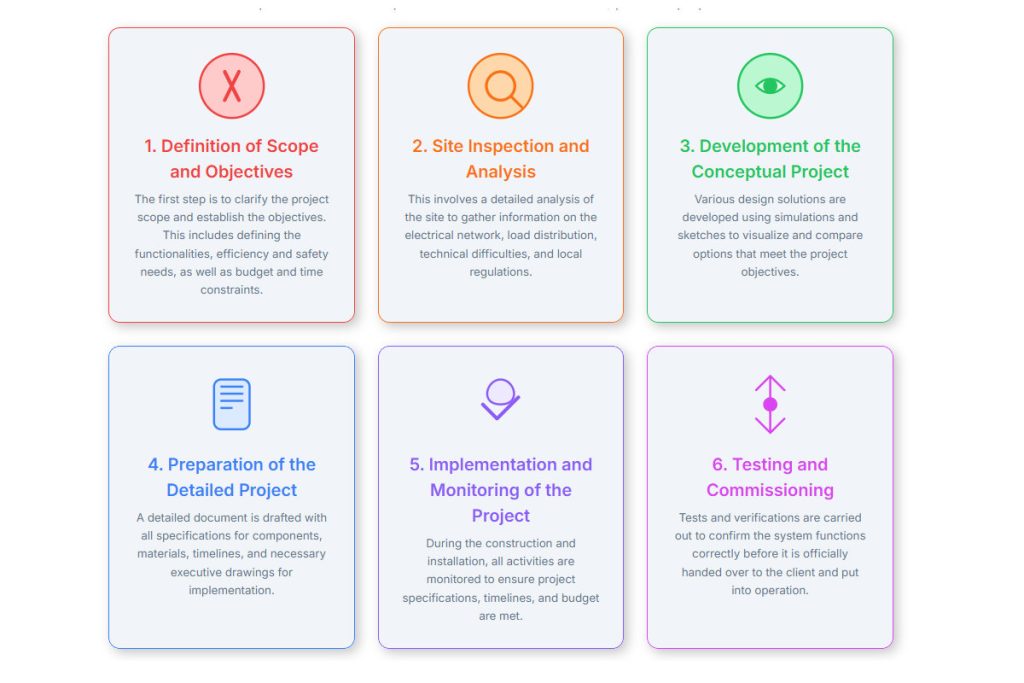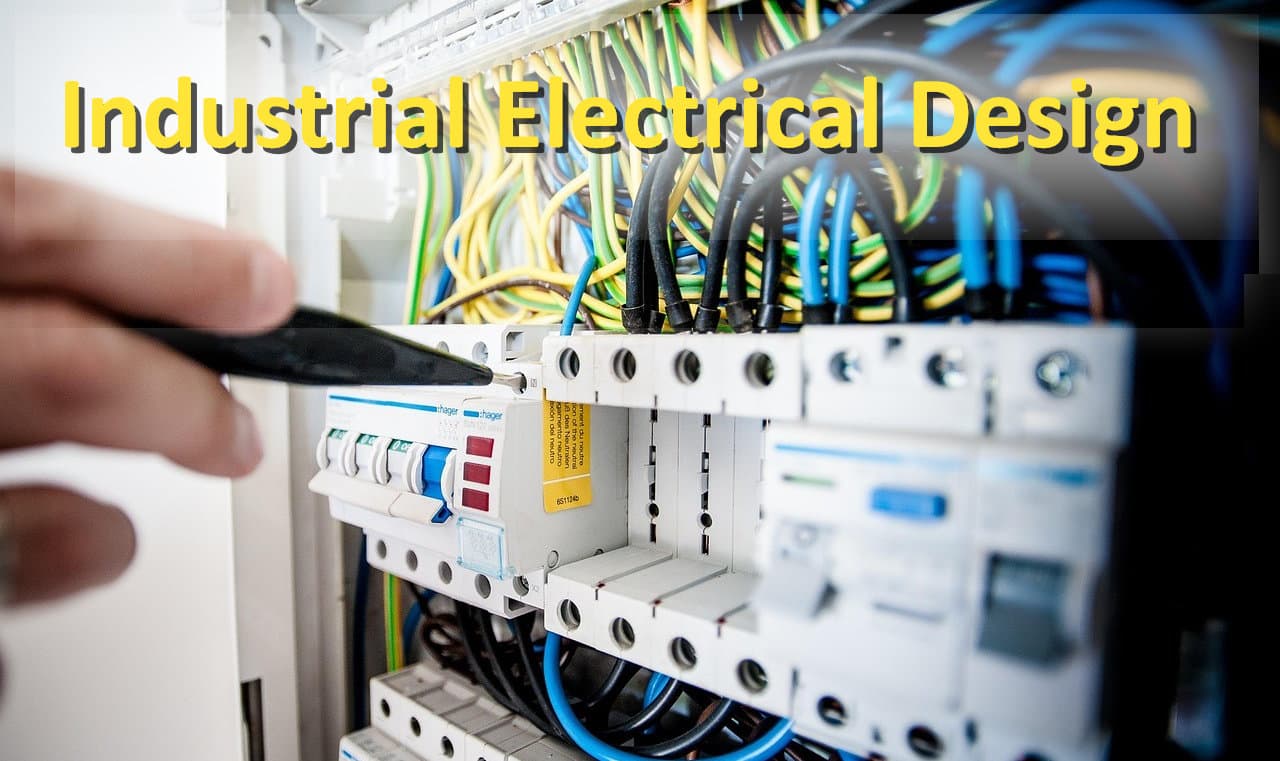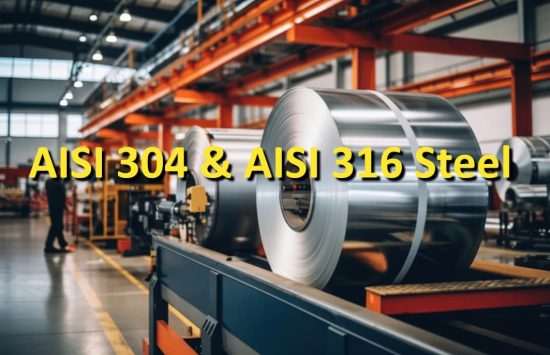Industrial electrical design is a fundamental component to ensure the safety and efficiency of any plant. It is a process that requires careful planning and the use of specialized software that allows the creation of suitable and safe solutions for the operation of industrial electrical systems.
A well-executed industrial electrical design not only ensures the correct functioning of the chosen equipment and components, but also the protection of operators and buildings, preventing possible accident risks. Industrial electrical design is a complex discipline that involves various phases and skills, and is essential for creating modern and functional infrastructures.
Each industrial electrical system design meet specific requirements for safety, efficiency, and durability, adapting to the production and energy management needs of each individual industrial sector.
To ensure optimal industrial electrical system design, it is therefore essential to use advanced tools that guarantee accuracy and efficiency in every phase of the process. One example is ESAPRO Cable Routing, an add-on to ESAPRO Cable Trays designed to optimize cable routing in industrial electrical systems.
Thanks to its ability to manage both automatic and manual routing, this software allows you to save time, reduce errors, and ensure precise paths for each cable, taking into account constraints such as tray filling and cable compatibility. Furthermore, it offers the possibility to define in detail the types of cables and electrical loads, ensuring customized design and comprehensive reporting.
In this article, we will explore what industrial electrical design is, how to create an efficient industrial electrical system, and the key aspects to consider for a successful project.
What is the meaning of industrial electrical design?
Industrial electrical design is the technical process that deals with the planning, organization, and documentation of electrical installations within an industrial plant. This process includes a detailed analysis of electrical requirements, the selection of appropriate components, and the creation of diagrams and plans that reflect the needs for power, safety, and efficiency. A well-executed project ensures a safe, functional, and compliant electrical system.
The design of industrial electrical systems includes several phases, from the evaluation of initial requirements to the selection of materials, up to the drafting of the final project. Among the most critical aspects are:
- Load analysis. It is essential to perform a thorough analysis to determine the electrical requirements of a plant. This phase involves evaluating the amount of electricity needed for each device and system, ensuring that the electrical infrastructure is correctly sized to handle the expected load without compromising effectiveness or safety.
- Energy distribution. Efficient energy distribution is fundamental in any industrial plant. It involves designing complex systems that optimize energy flow, reduce losses, and comply with industry standards. Proper distribution ensures that all equipment receives continuous power, minimizing downtime and improving productivity.
- Safety measures. In industrial electrical design, it is essential to implement protection measures to reduce the risks associated with electrical systems. This includes fault analysis and adherence to international standards to ensure that the plant is safe for operators and the environment.
Furthermore, the integration of automation and control systems is essential in the era of Industry 4.0, where automation not only optimizes operations but also reduces maintenance costs and minimizes downtime. The ability to manage activities predictively and advanced control improves safety and efficiency, ensuring smooth and reliable operations.
In this context, the adoption of HT, LT, MVT, and LLV systems is fundamental to ensure optimal and safe energy distribution within industrial plants. Each system, designed for specific voltages, plays a crucial role in supporting advanced automation. The integration of these systems, combined with intelligent energy management, allows for the optimization of the overall operation of the plant, offering safe and cutting-edge energy solutions.
How to design an industrial electrical system

Designing an industrial electrical system requires a series of systematic phases to ensure safety, efficiency, and compliance with current regulations. Each phase is essential to achieve a result that meets the specific project requirements and optimizes available resources.
- Definition of scope and objectives. The first step in designing an industrial electrical system is to clarify the project scope and establish the objectives. This includes determining the functionalities of the system, its efficiency and safety needs, as well as defining budget and time constraints. It is also important to establish the tasks of the various partners and the involvement of end users to have a clear vision of expectations.
- Site inspection and analysis. Once the objectives are defined, the next step is a detailed analysis of the site where the system will be implemented. This involves a direct visit to the site to gather fundamental information, such as the availability and reliability of the electrical network, load distribution, and possible technical difficulties. During this phase, it is also essential to examine environmental aspects and local regulations governing the design of industrial electrical systems.
- Development of the conceptual project. Following the site inspection, the creation of a conceptual project proceeds. In this phase, various design solutions are developed that meet the project objectives and consider technological, economic, and environmental aspects. Tools such as simulations, calculations, and sketches are used to visualize and compare available options. It is crucial to involve end users to ensure their needs are met.
- Preparation of the detailed project. Once the most suitable conceptual solution is chosen, the drafting of a detailed project begins. This document includes all specifications for components, materials, equipment, and wiring systems necessary for implementation. Execution times, costs, and executive drawings are also defined to obtain the necessary authorizations and licenses from the competent authorities.
- Implementation and monitoring of the project. During the implementation phase, the detailed project is put into practice during the construction and installation of the system. It is essential to closely monitor all activities to ensure that project specifications, timelines, and budget are respected. Continuous collaboration with suppliers and subcontractors is crucial to promptly resolve any issues.
- Testing and commissioning. The final phase of industrial electrical system design is the testing of the system, where tests and verifications are carried out to confirm that the system functions correctly and meets all project specifications. Any defects or deviations from the project are corrected before commissioning. Once testing is completed, the system is officially handed over to end users and put into operation.
Industrial electrical panel design is a complex process that requires careful planning and close collaboration among all parties involved, with the goal of creating safe, efficient, and durable systems over time.From initial data collection, through technical analysis to the selection of appropriate protections and the management of industrial cable routing, each step is essential to create a system that meets the specific needs of the client and complies with the highest quality and safety standards.
ollaboration between the designer and the client, along with the use of advanced industrial electrical design software and simulation tools, ensures that each component is correctly sized and that the system can operate optimally, minimizing risks and maximizing performance.






